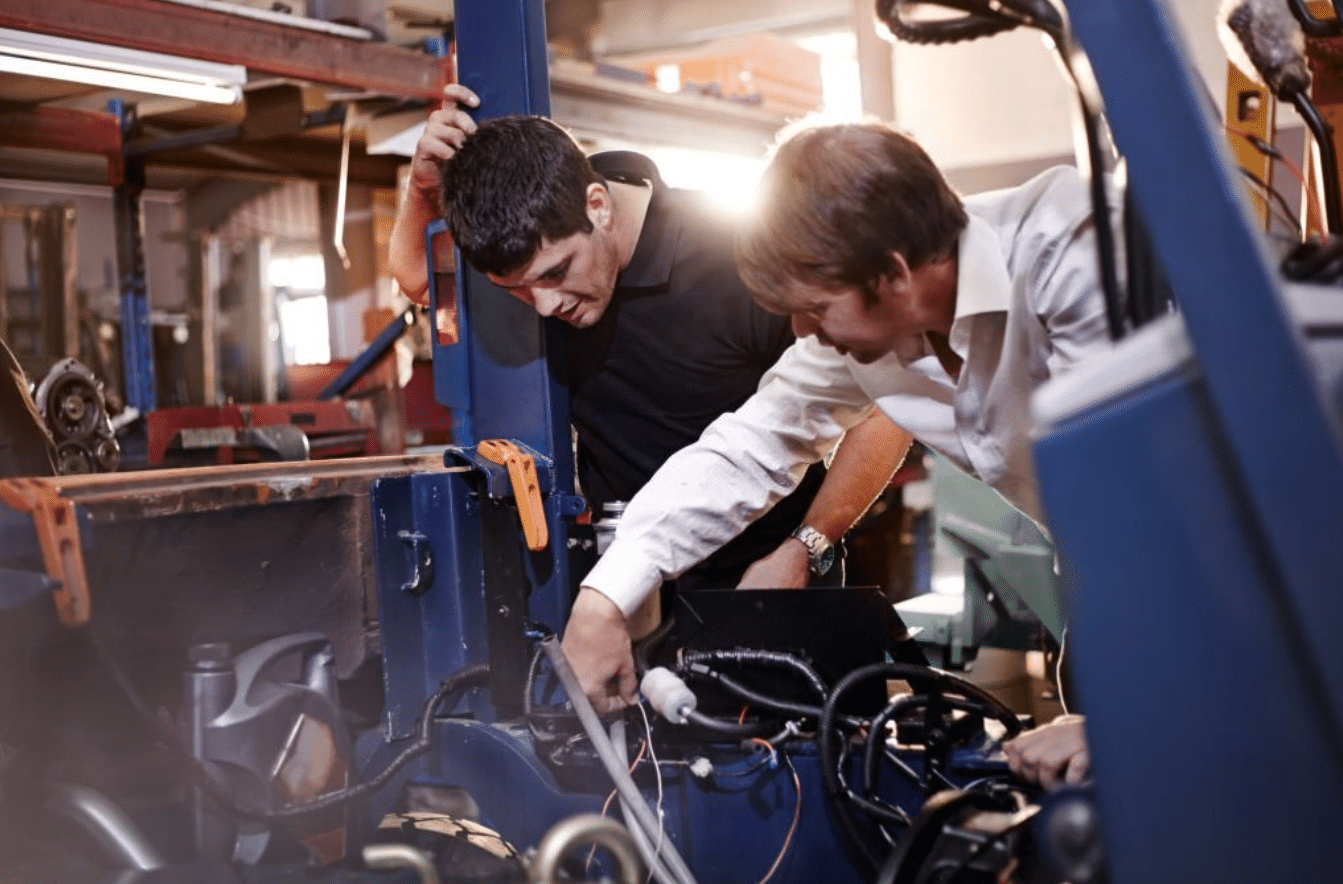
DIY Forklift Repairs: Tips and Tricks to Keep Your Machine Running Smoothly
If you own or operate a forklift, you know that maintenance and repairs could be a frequent occurrence. However, constantly calling in professionals to fix every little issue can quickly become expensive. That’s why it’s important to know how to perform some basic DIY forklift repairs yourself. In this blog post, we’ll cover some tips and tricks to keep your machine running smoothly and avoid costly downtime.
- Safety First
Before attempting any DIY forklift repairs, make sure to prioritize safety. Wear appropriate personal protective equipment (PPE), such as gloves, eye protection, and steel-toed boots. Be sure to read and follow all safety guidelines in your forklift’s owner’s manual. If you’re unsure about your ability to safely perform a repair, it’s best to call in a professional.
- Regular Maintenance
Prevention is key when it comes to forklift repairs. Taking care of your forklift on a regular basis can stop many problems from happening in the first place. Some basic maintenance tasks include:
- Regularly check fluid levels (oil, coolant, hydraulic fluid, etc.)
- Inspecting tires for wear and damage
- Lubricating moving parts
- Checking and tightening bolts and screws
If you do these things on a regular basis, you can also avoid having to pay for expensive repairs in the future.
- Troubleshooting Common Issues
Even with regular maintenance, some forklift issues are bound to arise. Here are some common issues you might encounter and how to troubleshoot them:
- Battery issues: If your forklift won’t start or seems sluggish, check the battery. Make sure it’s properly connected and fully charged.
- Hydraulic system issues: If your forklift won’t lift or the lift is slow, check the hydraulic fluid level. Top it up if needed, and check for leaks.
- Brakes: If your forklift’s brakes are squeaking or not working properly, check the brake fluid level and pads. Replace pads if they’re worn, and bleed the brakes if needed.
- Tools You’ll Need
To perform basic forklift repairs, you’ll need some basic tools. Here are some items to have on hand:
- Socket set
- Wrenches (both standard and metric)
- Screwdrivers (both Phillips and flathead)
- Pliers
- Multimixer
- When to Call in a Professional
While many forklift repairs can be done yourself, there are times when it’s best to call in a professional. If you’re unsure about the repair or don’t have the necessary tools, it’s best to leave it to the experts. Additionally, any repairs involving the forklift’s electrical system should be left to a professional.
In conclusion, performing DIY forklift repairs can save you time and money, but safety should always be the top priority. Regular maintenance and troubleshooting common issues can help keep your forklift running smoothly, but always know when to call in a professional.
crown forklift repairs, forklift hire western sydney, forklift mechanic in Sydney, forklift mechanic western sydney, forklift repair services, Forklift Service